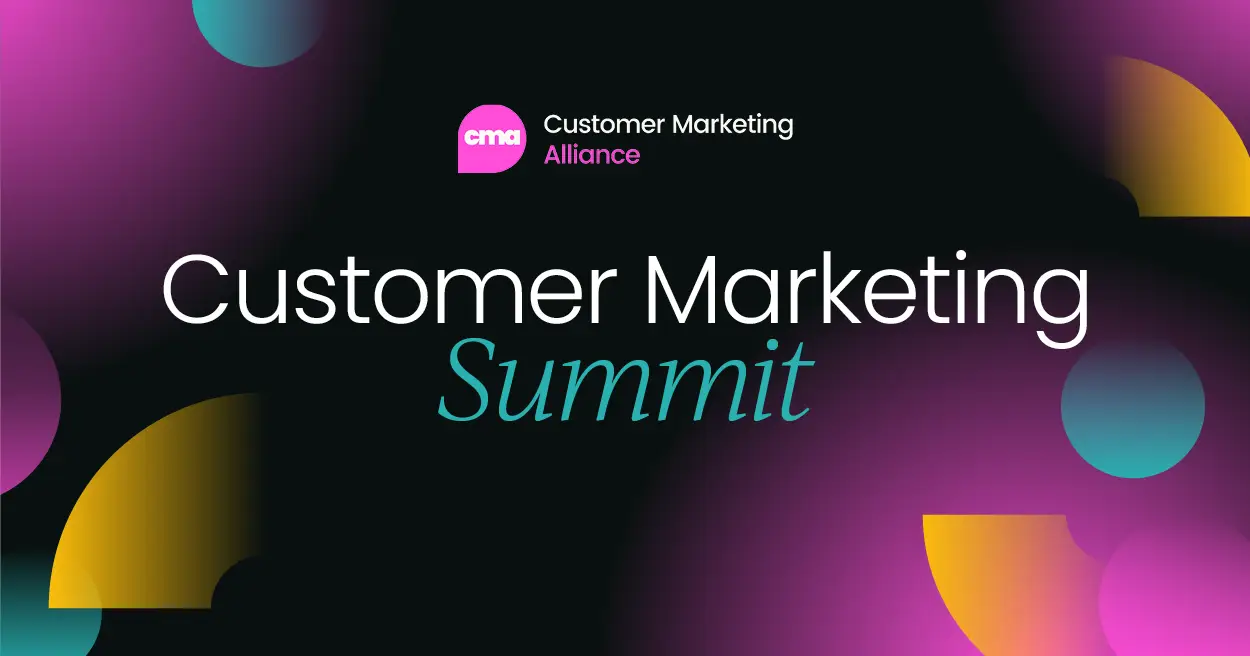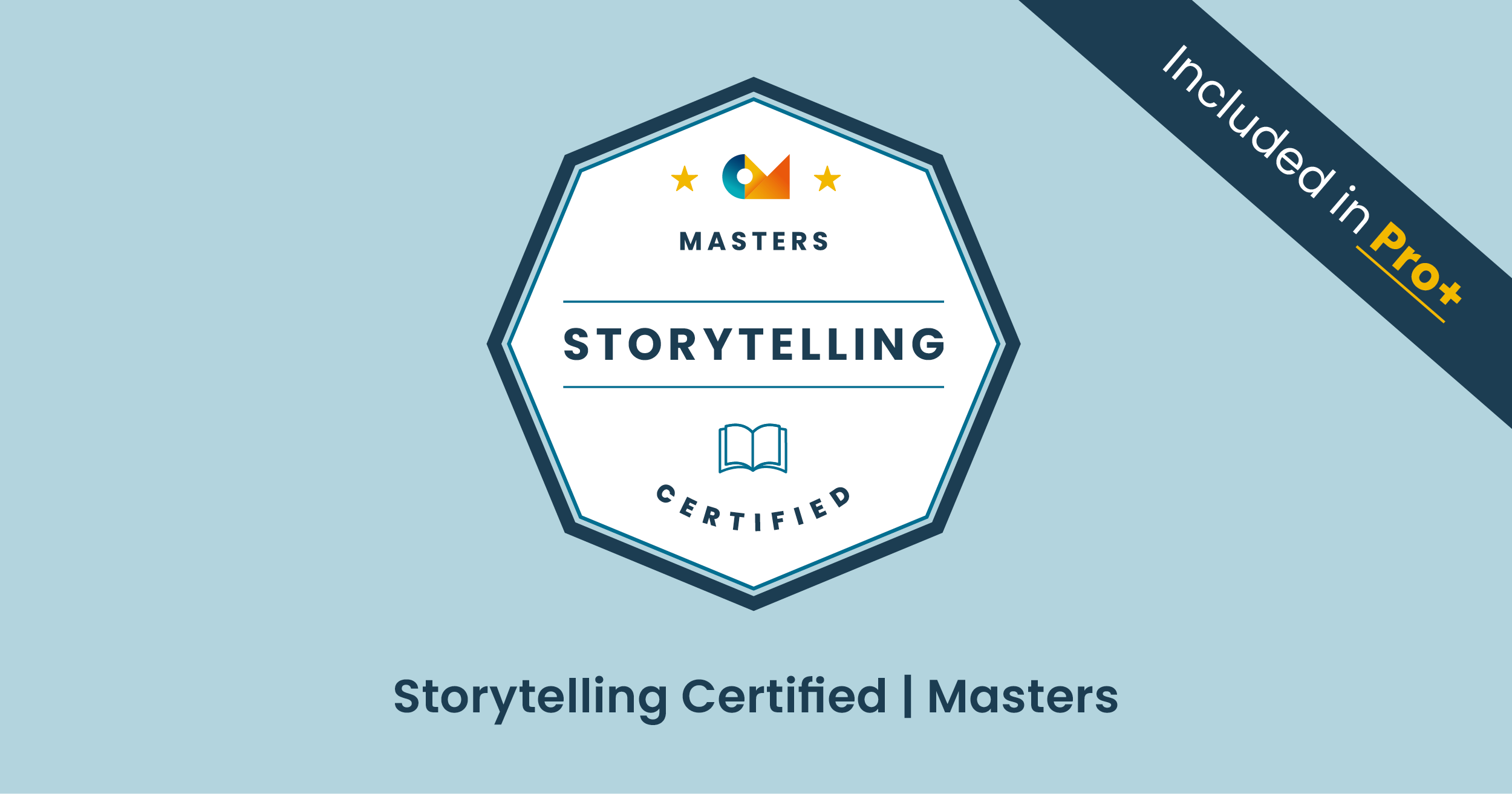Customer stories have a well-documented history of helping companies thrive, whether used in advertising, feedback, strategies, or more. These stories bring the human to the front of usually faceless conglomerates, and doing so builds a level of trust not usually accessible when using traditional advertising types.
But where do customer stories truly shine? In this article we’ll be going through the following five channels:
- Social media
- Websites and blogs
- Email marketing
- Events and webinars
- Video platforms
Let’s get going.
Section 1: Social media
Why it works
Social media is a clear first choice for sharing customer stories. Why? Because it’s where your audience already hangs out, scrolling for content that catches their eye and resonates with their values.
Whether it’s LinkedIn for the professional crowd, Instagram for visual interactions, or TikTok for the viral moments, social platforms allow you to meet your audience where they are and engage with them on their terms.
The real magic of social media lies in its versatility. Want to showcase an in-depth customer success story? A polished case study video can grab attention in a feed. Snappy, relatable quotes from a happy customer, paired with eye-catching graphics, can do the trick.
You can even invite customers to share their own stories directly—user-generated content campaigns are a goldmine for authenticity.
Unlike other channels, social is a two-way street. When you share a customer story, you’re not just broadcasting it into the ether—you’re inviting comments, likes, and shares.

Best practices
Now that we’ve established why social media works, let’s talk about how to get it right.
- Choose the right platform for your audience (e.g., LinkedIn for B2B, Instagram for B2C) - Not all platforms are created equal, and the best one for your customer story depends on who you’re talking to. Like tailoring messaging for individual customer segments, the same should be done when picking appropriate social platforms.
- Leverage visual elements like videos, infographics, and carousel posts - Social media is inherently visual, so don’t rely on text alone. Pair your customer stories with compelling visuals that capture attention. Remember to optimize your visuals for the platform—vertical videos for TikTok and Instagram, landscape for LinkedIn, etc.
- Encourage UGC (user-generated content) and tagging - Sometimes, the best way to tell a customer story is to let the customer tell it themselves. So interact with your audience, encourage conversation, and reshare customer content.
Section 2: Websites and blog
Why it works
If social media is the stage, then blogs and website content are the home base for your customer stories. This channel offers a level of depth and permanence that’s hard to beat.
Having a single place to collate all your stories also works to support the validity and authority of your brand’s name on the internet. Through things like good SEO practices, your presence within search engines will bolster your credibility the more content your provide.
Unlike social media posts, which have a short shelf life, blog and website content is evergreen (or at least semi-evergreen). Once published, your customer story can keep working for you—day or night, rain or shine—bringing in leads long after the initial launch.
Best practices
Now, let’s dive into some best practices to ensure your website hosted stories hit the mark.
- Use multimedia to bring stories to life - Our world is becoming increasingly visual, so long website pages of text-only content isn’t going to attract in the same way it did in the past. Pairing the text with media like videos, downloadable content, or infographics, will keep readers engaged and ensure they stay scrolling.
- Link stories to relevant product or service pages - Include hyperlinks within the story to relevant product or service pages, add clear CTAs, and multihome your stories to support landing pages.
And repurpose stories into other formats, such as blog posts, email campaigns, or social media snippets. For example, turn a blog post into a LinkedIn carousel or an infographic.
Section 3: Email marketing
Why it works
Email marketing might seem like the veteran in the digital marketing game, but in fact, email remains one of the most effective channels for showcasing the real-world impact of your product or service. Here’s why:
- It’s personal and direct - Email lands directly in your audience’s inbox—arguably the most personal digital space they own. Unlike social media, where algorithms and distractions compete for attention, email creates a one-on-one connection with your reader.
- It builds trust over time - Consistency breeds trust, and email marketing lets you stay top of mind. Regularly sharing customer stories builds a steady drumbeat of proof that your product or service delivers.
- It’s measurable and adaptable - Email is a data goldmine. Open rates, click-through rates, and engagement metrics let you know which customer stories resonate. Did a story about cutting costs outperform one about boosting revenue? Great! Use that insight to refine your next campaign.
Best practices
- Integrate customer stories campaigns - Customer stories don’t have to be standalone emails—they’re perfect for blending into ongoing campaigns like newsletters or drip campaigns.
- Use concise storytelling - Remember, email readers are skimmers—so keep your storytelling short, sweet, and impactful. Start strong, focus on the juicy details, and break it up with visuals.
- Optimize for mobile - Most emails are opened on mobile devices, so ensure your stories shine on smaller screens.
Section 4: Industry events and webinars
Why it works
If customer stories are powerful on paper, imagine the impact they have when told live and in real time. That’s the magic of events and webinars. These channels take storytelling to the next level by adding a human touch, sparking engagement, and creating memorable, interactive experiences.
Hearing a story directly from a customer’s mouth is more impactful than any polished case study or testimonial. It gives your customers a platform to share their experiences in their own words, complete with the passion, personality, and nuances that make their journey unique.

Best practices
- Feature customers as speakers or panelists - Put your customers in the spotlight, Invite customers to present their stories, either solo or as part of a fireside chat. Or organize panels with multiple customers from different industries or use cases. This not only diversifies perspectives but also shows the broad applicability of your product or service.
- Use Q&A sessions to dive deeper Live Q&A sessions opens the floor for questions from attendees. This allows the audience to explore details that resonate most with their specific challenges or interests.
- Record and repurpose event content - Don’t let the value of your event or webinar end when the session wraps. Repurpose the content to reach a broader audience with OnDemand videos, clips, written content, and more.
- Create an interactive experience - Keep attendees engaged by making the session interactive. Use polls or a live chat for attendees to comment and share thoughts in real time, and encourage attendees to share their own experiences.
Section 5: Video platforms and podcasts
Why it works
If you’re looking to deliver customer stories with maximum impact, videos and podcasts are a go-to choice. Why?
- They’re inherently engaging - Let’s face it—few things capture attention quite like a well-crafted video or podcast. These formats are probably the most popular mediums out there when consuming information.
- Videos show—not just tell—the impact of your product, and podcasts create an intimate listening experience. A customer’s voice telling their story directly can feel like a one-on-one conversation.
- They’re easy to consume on the go - People love content they can engage with while multitasking. Podcasts, in particular, are perfect for busy professionals who can listen while driving, working out, or running errands.
- They’re shareable and evergreen - A great video or podcast has long legs—it’s content that keeps on giving. These formats are highly shareable, making them perfect for social media, newsletters, and embedding on your website.
Best practices
Here are some tried-and-true best practices to help your customer stories shine:
- Keep it concise and engaging - Attention spans are short, so aim for storytelling that captivates quickly. Keep videos between 2-5 minutes for maximum engagement. Stick to 20-30 minutes for podcasts to hold listeners’ attention. For complex stories, break them into multiple episodes or segments.
- Add captions and transcripts for accessibility - Ensure your videos and podcasts are accessible to all audiences. Add captions or subtitles to all videos and provide full transcripts of your podcast episodes. Not only does this make your content accessible, but it also improves SEO and gives readers an alternative way to engage with the story.
- Highlight authenticity and real results - Authenticity is the cornerstone of a compelling customer story, and videos and podcasts offer the perfect medium to showcase it.
- Use actual customers, share tangible results, and don’t just highlight the win—talk about the challenges, decision-making process, and lessons learned. Authentic storytelling is as much about the process as it is about the outcome.

Conclusion
Customer stories are the proof your audience craves to understand true, authentic value of your product. Whether shared through social media, blogs, emails, events, videos, or podcasts, each channel brings its own unique strengths to the storytelling table.
The key is leveraging these platforms strategically, tailoring your approach to meet your audience where they are, and creating content that resonates on a personal level.
So, whether it’s a quick social post, an in-depth case study, or a heartfelt customer interview, remember this: Every customer story is an opportunity to show your audience what’s possible.







